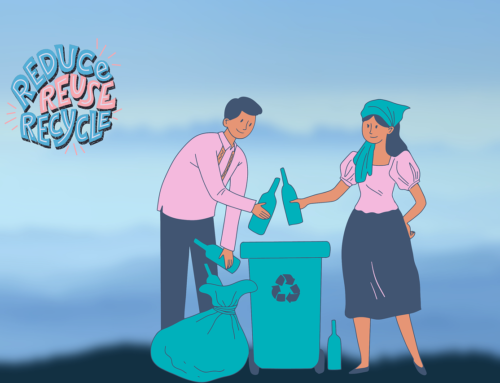
A Lot of Debris Up There – By 2010, approximately 3700 inactive satellites had been detected as well as more than 15,000 other objects the size of a fist or larger. This isn’t including more than 500,000 smaller pieces ranging from marble sized and up. Given the amount of area surrounding the Earth in terms of actual space, this may not sound like it poses a threat. Consider that a very large portion of these pieces are traveling at a high velocity, a great deal of area can be covered by just a handful of debris.
Phones, Internet and TV are Threatened – Currently, equipment and electronics that are used on a regular basis face the greater danger. A high-velocity aluminum object came within a mile of striking the International Space Station. The 10-centimeter object was traveling at such a rate that it would have been the equivalent of seven kilograms of TNT detonating should it have hit the space station. An impact of that magnitude would have decimated the ISS.
Speed Plus Frictionless Space Equals Disaster – What makes the debris so dangerous is the rate of speed these objects are traveling. Even something the size of a marble can leave a fairly large crater depending on how fast it’s traveling. The faster an object is moving, the greater the kinetic force is behind that object. Should a small piece of debris strike a GPS satellite or other communications device, it could destroy that object causing confusion on planet Earth.
Restricting Humanity’s Activity in Space – The more trash that humankind puts into orbit, the greater the risk is for future exploration. All of the communications that people take for granted on a daily basis could quickly become rendered useless. This isn’t including the dangers that larger objects pose to those people below. A thruster from a rocket could virtually reduce several city blocks to nothing more than dust should it fall with great enough velocity.
Getting Rid of the Trash – In 2013, many have become interested in the “Slig-Sat” project. Essentially, it is a satellite that grabs larger pieces of debris and hurls it into other areas of space that don’t pose a threat to Earth. However, some believe that this is essentially causing additional problems for the space travelers of tomorrow. It would be the equivalent of moving a landfill to another part of the landscape. Sooner or later, it’s still going to cause a problem. Others believe that sending the debris on a trajectory for the Sun would be a more viable option. This would make our star the largest trash incinerator in human history.
Although we produce technology to make as little of an impact as possible, humanity is still threatened by trash on the ground and in the skies. While some take the prospect of space debris seriously, there is less effort in the process than what many believe there should be. Will it take the annihilation of a small city by a rocket booster or satellite before humanity understands how dangerous space trash truly is?
Ken Myers is a father, husband, and entrepreneur. He has combined his passion for helping families find in-home care with his experience to build a business. Learn more about him by visiting @KenneyMyers on Twitter.





Leave A Comment